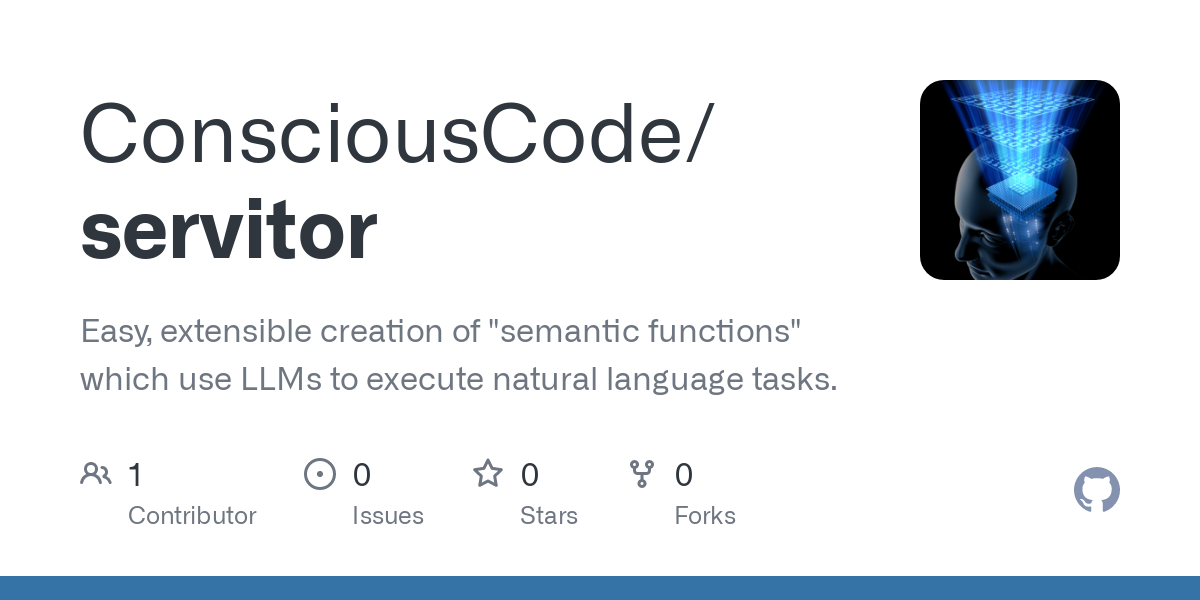

I think it’s moreso a matter of evolution. We know humanoid bodies can do anything we can do, so we start with that and make incremental improvements from there. We already do have plenty of other body shapes for robots (6-axis arms, SPOT, drones, etc) but none of them are general-purpose. Also, the robot shown in the article is pretty clearly not fully humanoid, it has weird insect legs probably because it’s easier to control and it doubles as a vertical lift.






This is a sane and measured response to a terrorist attack /s Just do terrorism back 100-fold, I guess?